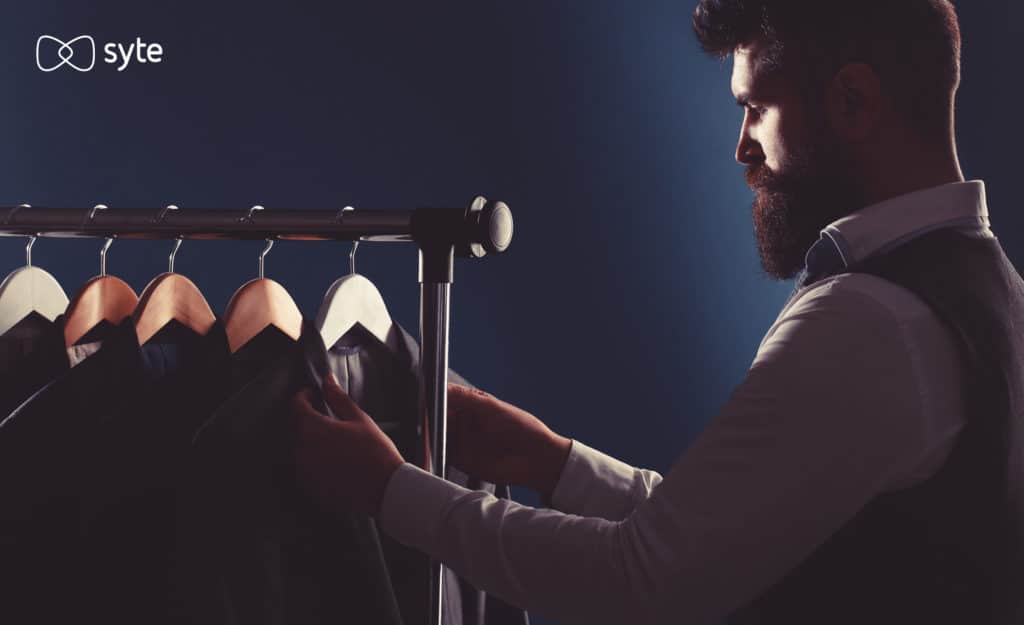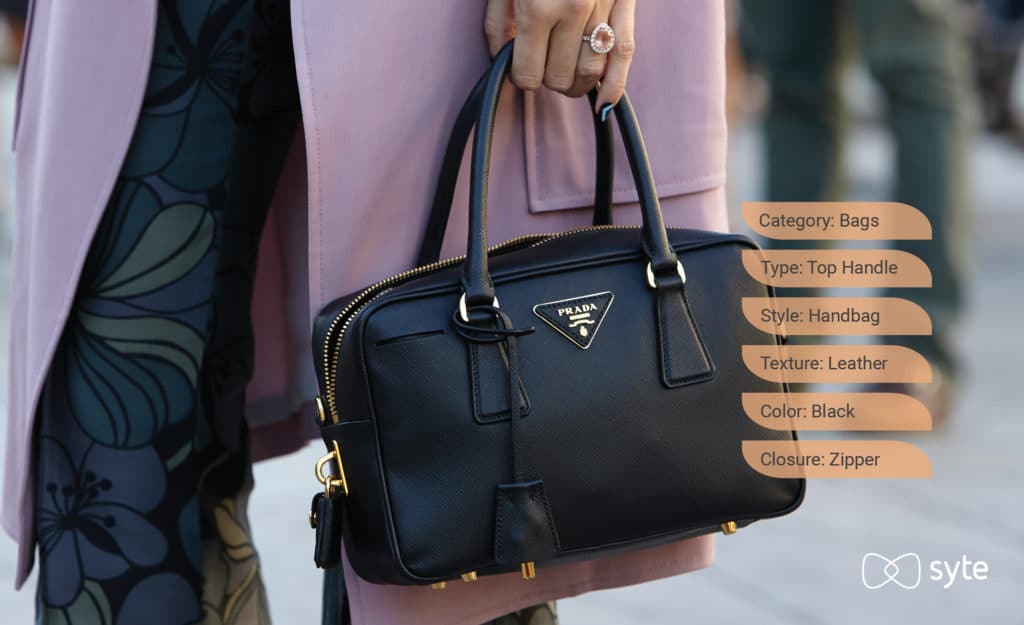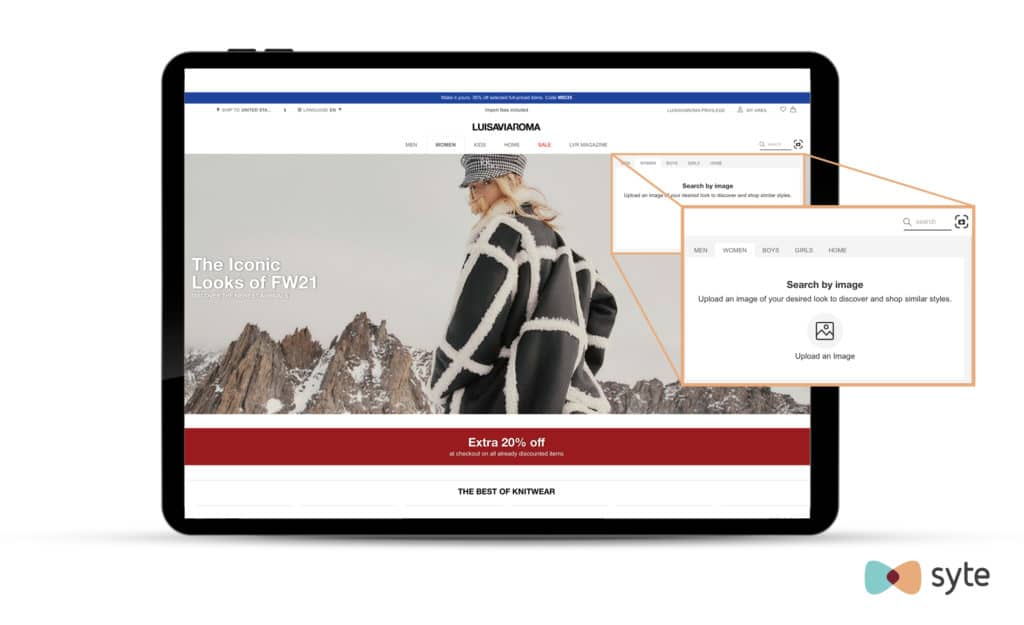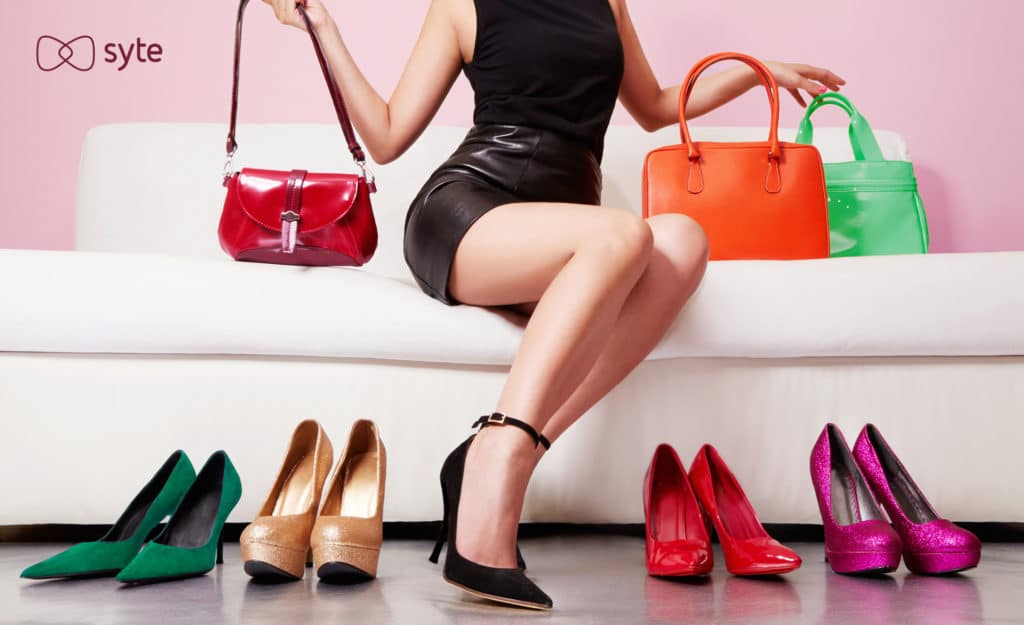Luxury brands and retailers face many more challenges than your standard eCommerce shop. With their high price points, smaller inventories, and emphasis on collections, winning over different types of shoppers can be a struggle.
For example, the mission-driven shopper who comes to your site to buy the high-end handbag she’s been pining over for months will likely head straight to its product detail page (PDP), giving little attention to other items along the way. Or you may have a “window shopper” who decides to check out a recent collection after a social media post caught his eye, though he may not have any real intention to make a purchase. There are also many brand-loyal customers who only want to view the newest pieces by a specific designer, and cost is no barrier.
In each of these scenarios, the solution is Discovery Design. This emerging movement in UX enables luxury brands to cater to the different tastes, intentions, and preferred shopping methods of all kinds of consumers in order to provide a better customer experience and increase conversion.
What is Discovery Design?
Discovery Design is an eCommerce approach that combines agile personalization technologies with advanced product discovery tactics to create a fulfilling and intuitive online shopping experience. It has become one of the most effective strategies for luxury brands and retailers to build a more engaging, frictionless, and conversion-oriented UX.
The main benefit of implementing a Discovery Design strategy is gaining the ability to provide tailored and inspiring customer journeys to all kinds of shoppers. Whether a shopper is highly motivated to find a specific item or just there to browse, Discovery Design enables brands and retailers to introduce them to the most relevant and compelling products at just the right time in their shopping journey.

With a robust Discovery Design strategy, every aspect of the customer experience — including menus, web navigation, merchandising, site search, and more — is built with the goal of exposing shoppers to products that they’ll love and be inclined to purchase.
How to Create Effective Discovery Design on Luxury eCommerce Sites
Here are our top four tips for luxury brands to create tailored shopping experiences for all types of customers.
1. Stay true to form with best-in-class site search and navigation solutions
When catering to luxury buyers, your site needs to offer the same friction-free and delightful high-end experience that these shoppers are used to receiving in person. After all, with high price tags come high expectations of best-in-class quality and service.

In luxury eCommerce, it’s critical for brands and retailers to provide the most sophisticated and top-of-the-line site search solutions that can seamlessly and accurately connect shoppers to the products they are looking to buy. Imagine a shopper types in a search query and no results appear. Perhaps they simply used the wrong terminology to describe the item, or there was a typo in their query. This could easily cause them to get frustrated and leave the page, or lead them to assume that the item is out of stock. In both cases, you’re leaving money on the table.
An effective way to avoid this is with Augmented Site Search. Such capabilities replace the conventional (and outdated) text search architecture, which often produces inaccurate and irrelevant results. Instead, Augmented Site Search combines visual AI and natural language processing (NLP) technology to automatically enrich product tags and accurately decipher shoppers’ context and intent. Regardless of typos, word choice, or word order, Augmented Site Search can intuit what shoppers are looking for and deliver hyper-relevant, high-converting results.

Seamless and intuitive website navigation is also integral to the luxury eCommerce experience. Brands and retailers need to make sure high-end shoppers can easily navigate their sites in order to keep these consumers engaged and happy. Websites with menus that are hard to find, force you to log-in in the middle of your session, have slow load times, or require excessive clicks to navigate can be a major turnoff for otherwise eager shoppers. Instead, focus on making each element of the user experience as simple, straightforward, and intuitive as can be.
2. Put your customers on the pathway to discovery
Luxury brands have the advantage of a very loyal customer base with multiple touchpoints already in place. It’s important to use that existing communication infrastructure to educate luxury shoppers about newly implemented tools or technology solutions on your site — just like your shop assistants would do when new services are offered in one of your physical store branches. It’s that extra level of one-on-one service that separates luxury brands from other options.
For example, visual search has become a popular alternative to traditional text search. This AI-based technology allows shoppers to simply upload an image and then the search engine running the system will analyze, interpret, and surface relevant image results within seconds. This can be especially helpful to high fashion shoppers who are looking to buy a specific item or collection that they saw in a magazine or in a runway show.
If you add visual search to your site, you should announce its availability to your customer email lists in addition to promoting the new functionality online. Make sure that shoppers know how it works and that they can use any type of image, whether it’s from social media, your website, or a photo they snapped themselves.

You can also use visual AI technology to offer a way for shoppers to discover similar items when they are deeper into their shopping journeys. For example, when customers have navigated to a product listing page (PLP), you can add a clickable discovery icon onto product images that lets shoppers easily see all visually similar items to the ones shown. Or if they are already on a PDP, you can achieve the same effect with a “shop similar” recommendation carousel.
The payoff of visual search can be huge, with brands and retailers experiencing as much as 9.8% uplift in average order value and 177% increase in conversion rate. For jewelry brands, we saw that number skyrocket to an impressive 689.6% increase in conversion compared to shoppers who did not use visual search tools.
3. Provide white glove service with hyper-relevant product recommendations
With luxury shoppers being less likely to buy on impulse, it can be difficult to inspire them to purchase anything outside of their original search — unless you are able to provide hyper-relevant, extremely personalized, and context-sensitive product recommendations.
Again, think about the in-store service that luxury clients are used to experiencing. If they shop frequently enough, shop assistants will be familiar with their taste and style preferences. They’ll be able to make suggestions to complete a look or even save specific items or new collections that they know certain shoppers will love.

You want to carry over that same personalized attention in the online experience. For example, by adding a “shop the look” recommendation carousel to your PDPs, you can introduce shoppers to additional items that complement the piece they originally wanted to buy. You can also add a personalization carousel that specifically offers items or collections that match the shopper’s prior shopping habits and online journeys. If the recommendations are relevant enough — if they resonate with the shopper’s style and current intentions — you could just inspire them to add additional items to their cart that they didn’t even realize they wanted.
4. Promote new collections across your site
Luxury brands frequently feature new and special collections on their websites and apps, but don’t promote them in personalized ways. This is a missed opportunity to improve the user experience and increase your average revenue per user (ARPU).
Many luxury customers are extremely loyal to the brands they love — they know all about your classic best sellers and are often anxiously waiting for new pieces and designs to come out. That makes it extremely important to make sure that when new and relevant collections debut on your site, they are prominently featured across all of the pages that interested customers frequently visit.
Instead of promoting your latest collection in the same way to all site visitors, you should create tailored journeys that better appeal to individual shoppers’ needs by promoting the newest collection that is most relevant to him or her.
Luxury brands face additional hurdles in converting browsers and increasing order values. But by incorporating these four Discovery Design tips into your website, you will create highly resonant, engaging, and enjoyable customer experiences that cater to all kinds of luxury shoppers — from the goal-oriented buyer to the “I’m just here to browse” patron. Done well, this approach can expose shoppers to the right items at every touchpoint of the customer journey — benefiting both brands and customers alike.